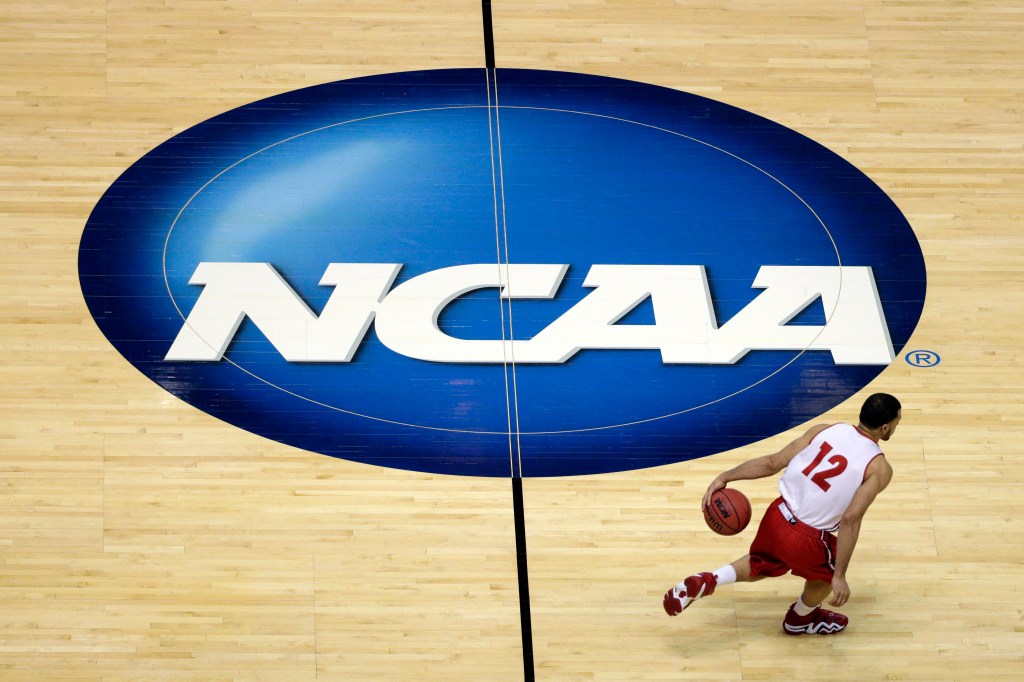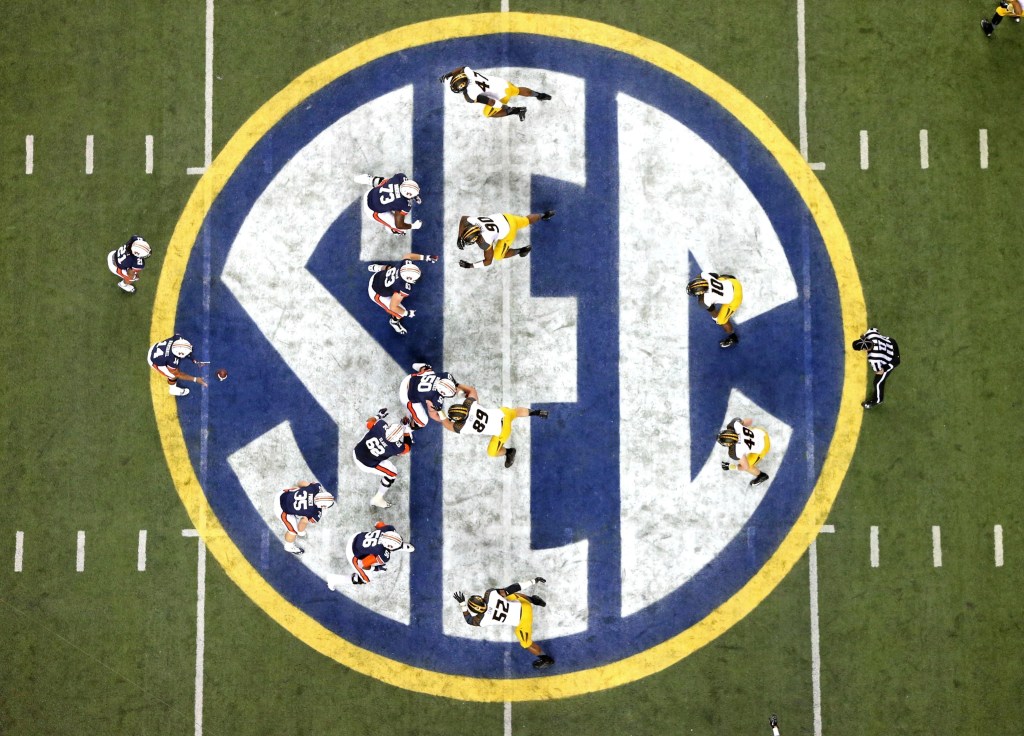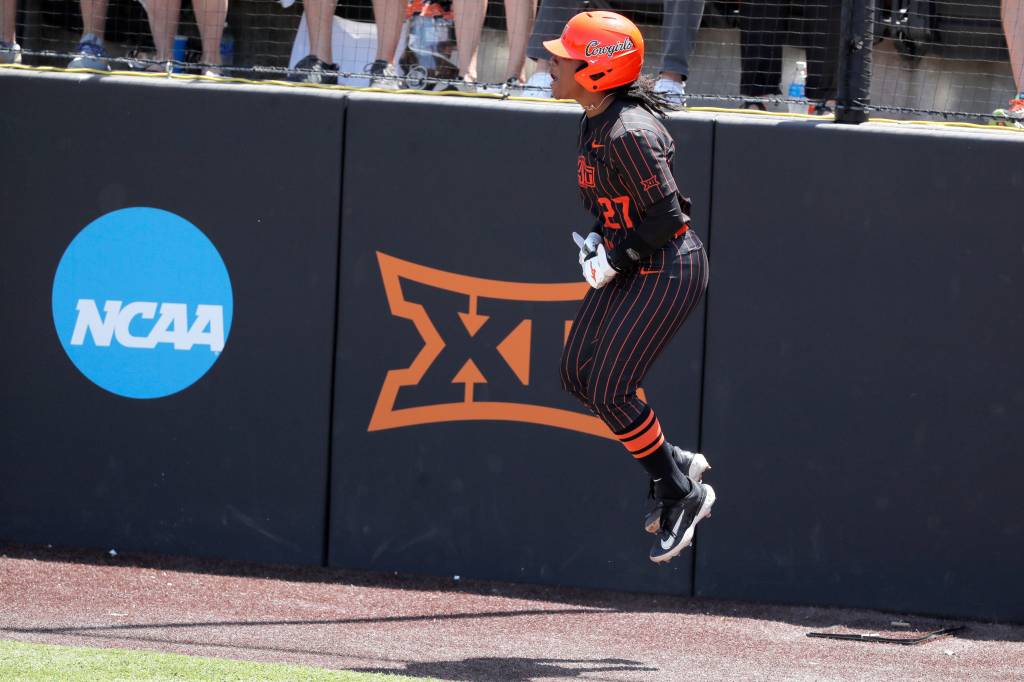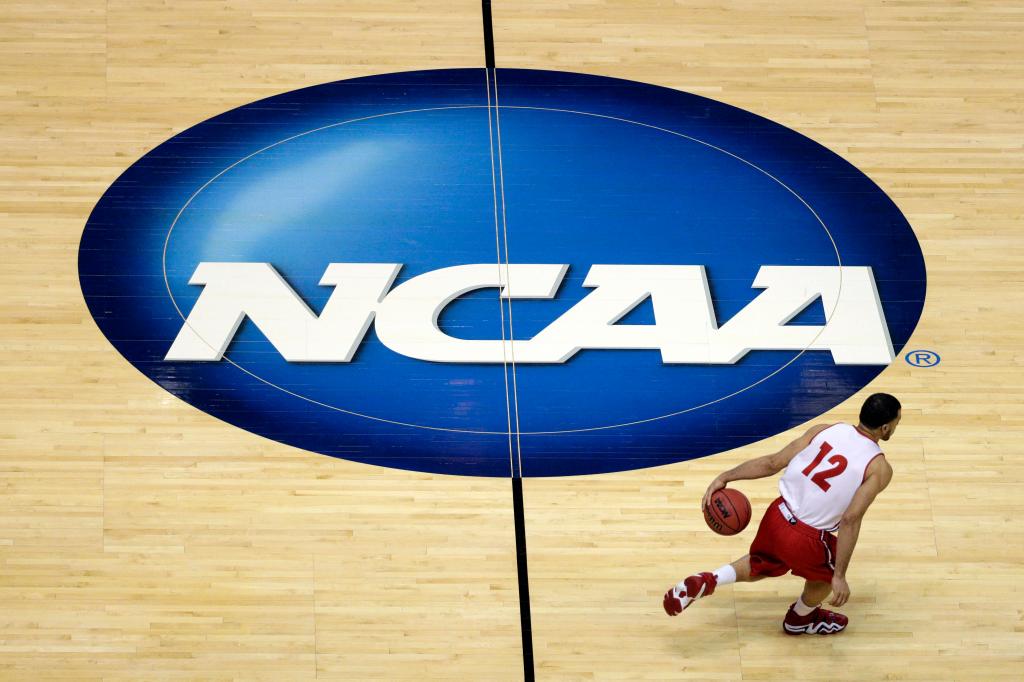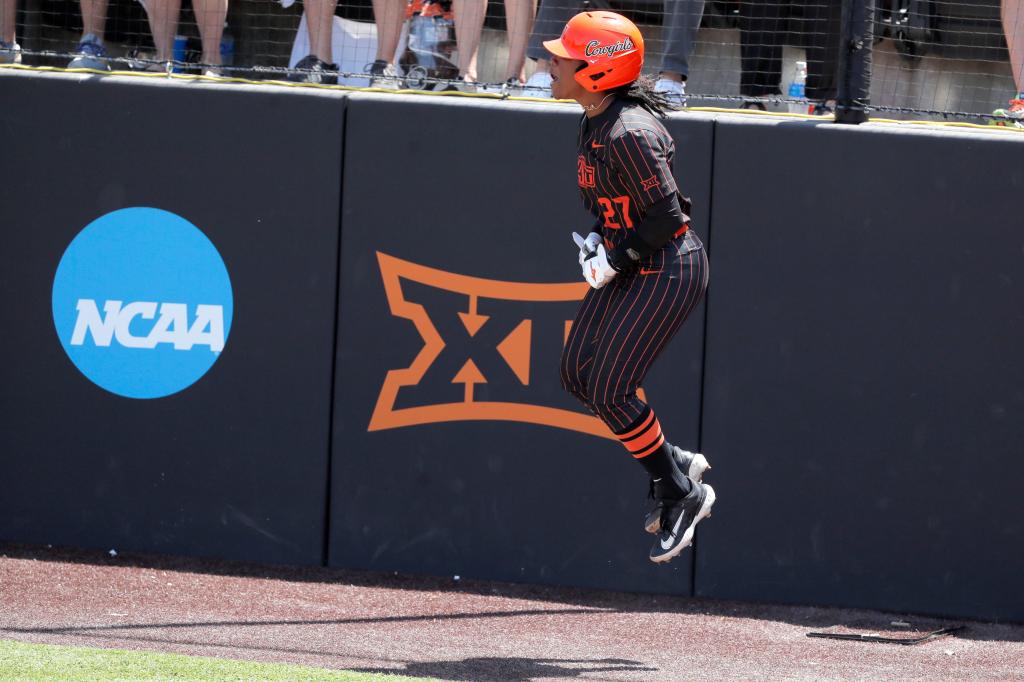The avalanche began three years ago, with the advent of Name, Image & Likeness (NIL).
It has snowballed on the NCAA from there, with unprecedented freedom of movement for student-athletes in the form of the transfer portal and now Thursday’s monumental settlement for nearly $2.8 billion that calls for paying damages to thousands of former and current college athletes who were previously prevented from earning endorsement money and, moving forward, revenue sharing for athletes in the form of roughly $20 million a year per school, if they so choose to spend that much.
How that will look exactly years from now is uncertain.
College athletes could possibly become employees of schools and there is the potential of unionization and collective bargaining on top of that.
But what is crystal clear is that the NCAA’s archaic model of amateur athletics, going back over a century, is no more.
“It’s the professionalization of the college sports enterprise,” St. John’s athletic director Mike Cragg told The Post in a phone interview. “What does that eventually mean? It’s too early to tell, or how that shapes up. I would not say this marks the day that professionalization started. But that’s what I believe has been evolving over the last several years.”
The NCAA had no choice but to settle, facing mounting losses in three antitrust lawsuits. So the governing body and its five power-conference leagues — the ACC, Big Ten, Big 12, Pac-12 and SEC — settled with a multibillion-dollar agreement.
It will play former athletes going back to 2016, and enable current and future ones to be paid directly by schools for the first time.
The settlement still has to be approved by Judge Claudia Wilken, who is presiding over the antitrust cases.
The new revenue-sharing model is expected to begin in the fall of 2025.
In the meantime, what this new model will look like is unclear.
Schools will have freedom to use the money how they see fit.
Title IX, it should be noted, was not addressed in the settlement.
It is a federal law that requires institutions to offer equal opportunities for male and female athletes.
NCAA president Charlie Baker has said Title IX only refers to opportunities not financial compensation.
In other words, he doesn’t believe it has to be distributed equally to men and women.
As part of the settlement there will be a reporting mechanism in place that will require athletes to report third-party NIL deals that are not part of revenue-sharing profits he or she receives from the school.
The deal has to be “fair market value,” which will be defined at a later date.
But, this could be a way for schools and/or boosters to go above the $20 million they can pay players.
It’s unclear who would be enforcing it. But NIL isn’t going anywhere.
“The NIL space is somewhat ironclad because there would be lawsuit after lawsuit,” an NIL industry source said. “It has everything to do with who you are as an athlete and your value and your marketability. … Your value is really subjective.”
NCAA leaders are looking to Congress to pass legislation that shields it from future antitrust lawsuits, enabling it to reshape college athletics with player compensation rules and a declaration that college athletes are not employees.
Mike Aresco, former Big East and current American Athletic Conference commissioner, suggested that could also include reining in pay-for-play NIL deals and limiting player movement.
“The NCAA and the conferences are hopeful that by agreeing to this, it increases their chances of getting a federal law with an antitrust exemption. I’m still skeptical that’s going to happen,” said Mit Winter, an attorney for Kansas City law firm Kennyhertz Perry who specializes in college sports law. “It’s a big deal going forward, for sure.”
Said Aresco: “The wild west had more laws and regulations than we do. This isn’t the wild west — it’s worse than the wild west.”
Lesser revenue sports are likely to take a hit.
A high-ranking power conference executive predicted “carnage” for Olympic sports, with schools dropping those that don’t bring in money and upping the budget for profitable sports such as basketball and football.
“There’s going to be a lot of cuts on these campuses,” the executive said. “Sports are going to get relegated or moved down to Division III or club. To protect the money-making sports, other things are going to suffer.”
That, of course, is speculation for now.
There remains so many unanswered questions about this new college athletics model. It’s brand new, with so many potential directions it can go in.
There is one certainty, however: Amateur sports at the collegiate level is a thing of the past.
